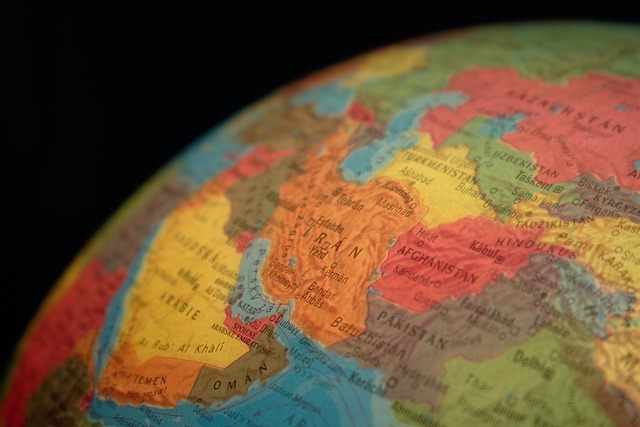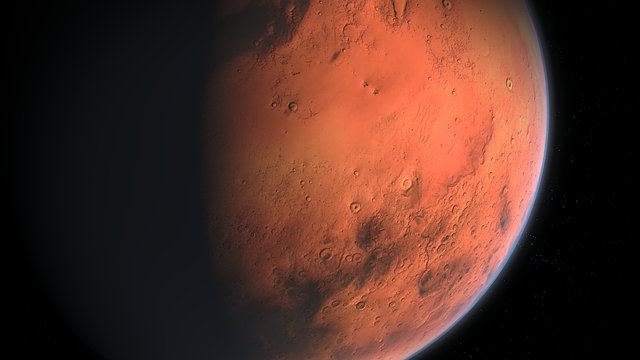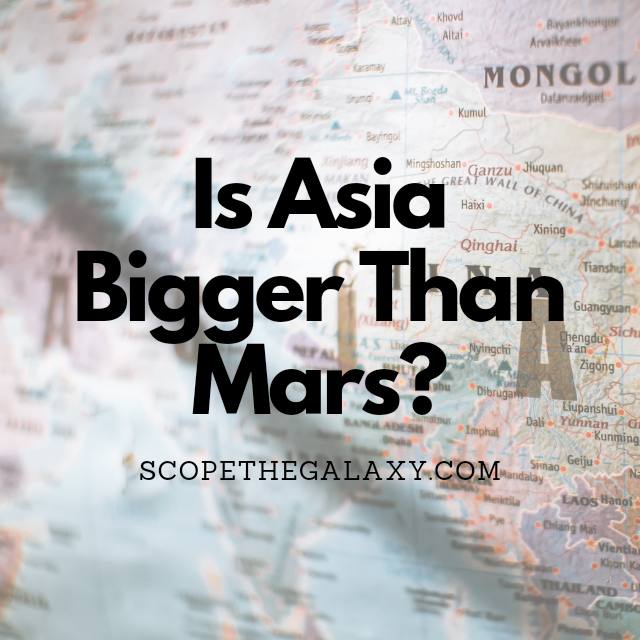*This post may contain affiliate links. This means we may make a commission if you purchase an item using one of our links*
Asia may be the largest continent on Earth with a surface area of 44.58 million square kilometers, a cubic volume of 2.78 billion cubic kilometeres and a diameter roughly double that of Mars at 11,000 km however, Mars still aboslutely dwarfs it as it is a speherical shape with a diameter of 6,779km but, a surface area of 144.8 million square kilometeres and a volume of 163 billion cubic kilometers.
For a more detailed look at each of these bodies below along with what makes them so big, continue reading.
How Big Is Asia?

Asia is the biggest continent on Earth, covering an area of 44,579,000 square kilometers, equal to 30% of the total land area of Earth or 8.7% of the planet’s total surface area. Asia possesses the highest and lowest points on Earth’s surface, plus it has the longest coastline of any continent.
Asia contains two of the three largest countries in the world: Russia and China, and it holds roughly 60% of the world’s population, with around 4.7 billion people.
We can divide Asia into five major physical regions: mountain systems, plains and deserts, plateaus, saltwater areas, and freshwater environments. Among the most impressive geographic features of the continent are the Himalayas, which extend 2,500km across the Southeast and separate the Indian subcontinent from the rest of Asia.
The Himalayas cover over 612,000 square kilometers of land; they are so vast that they contain three different mountain belts: the Greater Himalayas, Lesser Himalayas, and Outer Himalayas. The Greater Himalayans possess the highest average elevation at 20,000 feet. It also contains nine of the world’s highest peaks, which are all over 26,000 feet tall.
Asia boasts the highest mountain in the world, Mount Everest, which stands at 29,032 feet. The continent also possesses several plateaus, including the vast Iranian plateau, which covers more than 3.6 million square kilometers.
Meanwhile, the West Siberian Plain of central Russia is one of the largest continuous flatlands in the world. This plain has a length of 2,400 kilometers and a width of 1,900 kilometers; over 50% of its total area is lower than 100 meters above sea level.
Asia extends to a length of 11,000km between the Arctic Circle and the Indian Ocean; its width of 8,500km stretches from the Ural Mountains to the Pacific Ocean.
Lastly, if we were to say that the average thickness of Asia’s crust fell around 40km, it would have a volume of 2.78 cubic kilometres. This makes it larger still and a significant amount more than all the other continents present on Earth.
How Big Is Mars?

Mars is the fourth planet in line from the Sun and the second smallest planet in our solar system. It has a diameter of 6,779 km, which is only just over half as large as Earth’s (around 53%)
The physical geography of Mars is very different from that of Earth. The atmosphere on Mars is much thinner than ours, and it consists mainly of carbon dioxide (CO2) with small amounts of nitrogen (N2). The surface gravity on Mars is much lower than that on Earth, so an object that weighs 100 pounds on Earth, would weigh just 38 pounds on the red planet.
The surface of Mars is mainly composed of various minerals like iron oxide and silicon dioxide. It also has polar ice caps, but it doesn’t have any oceans or seas.
Olympus Mons is the largest volcano on Mars, with a diameter of 600km. And it is the largest mountain in our solar system, standing at roughly 27km high (almost three times the height of Mount Everest)
The Valles Marineris system of valleys is a vast network of canyons on Mars;the largest canyon in the solar system. It is located in the planet’s southern hemisphere and extends for around 4000 kilometers from east to west; the deepest points can extend up to 10km.
The basic makeup of Earth and Mars is similar as they are both terrestrial planets with a dense metallic core and overlying crust and mantle. However, Earth’s density (5.514g per cubic cm) is higher than Mars’ density (3.93g per cubic cm), suggesting that the red planet’s core contains lighter elements than Earth’s.
The surface area of Mars is around 144.8 million sq. km, about 3.5 times the surface area of the Asian continent. Meanwhile, the volume of Mars is approximately 163 billion cubic kilometers, roughly 60 times that of Asia.
Summary
Even though Asia is the biggest continent on Earth, home to both China and Russia which are also the largest countries on the planet, It really doesn’t hold a candle to Mars in overall size even though it is the second smallest planet in our solar system.
Despite Asia having a larger diameter, when you take into account Mars’ spherical shape, it will always come out on top when it comes to size due to the far flatter plane of Asia.

